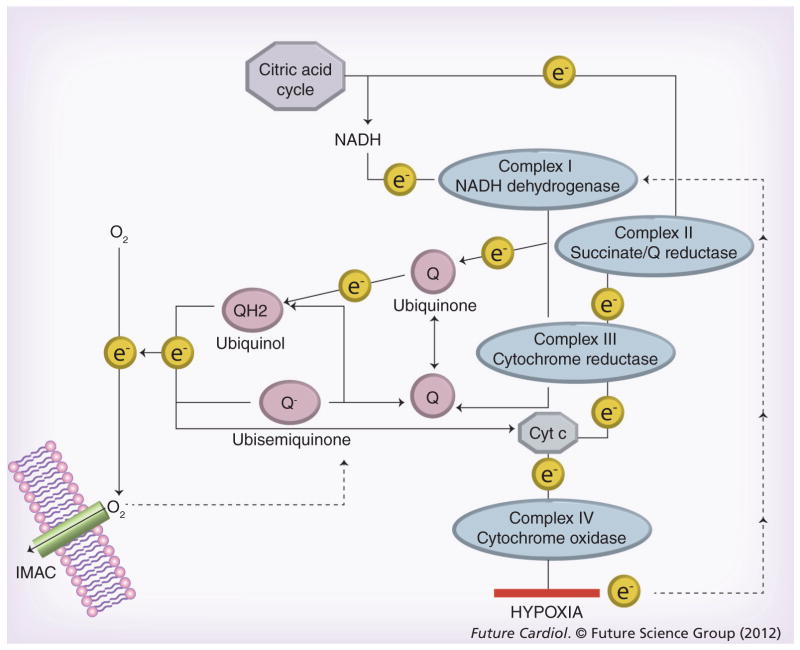Figure 3. Generation of superoxide by the electron transport chain.
Ubiquinone is a lipid-soluble electron carrier that can accept electrons from complexes I–III generating QH2 that diffuses in the membrane and can donate electrons to cytochrome c or oxygen. The ubiquinone–QH2 pool is the major source of oxygen free radicals generated by the electron transport chain. Under ischemic or hypoxic conditions electrons cannot exit the electron transport chain and there is an electron back-up that causes the pool of QH2 to increase. When oxygen returns during reperfusion, electrons leak from QH2 to oxygen causing massive production of superoxide. It has been proposed that superoxide activates an IMAC through which superoxide radicals can exit the mitochondria. Reactive oxygen species may also collapse the membrane potential and open the mitochondrial permeability transition pore.
IMAC: Inner membrane anion channel.

